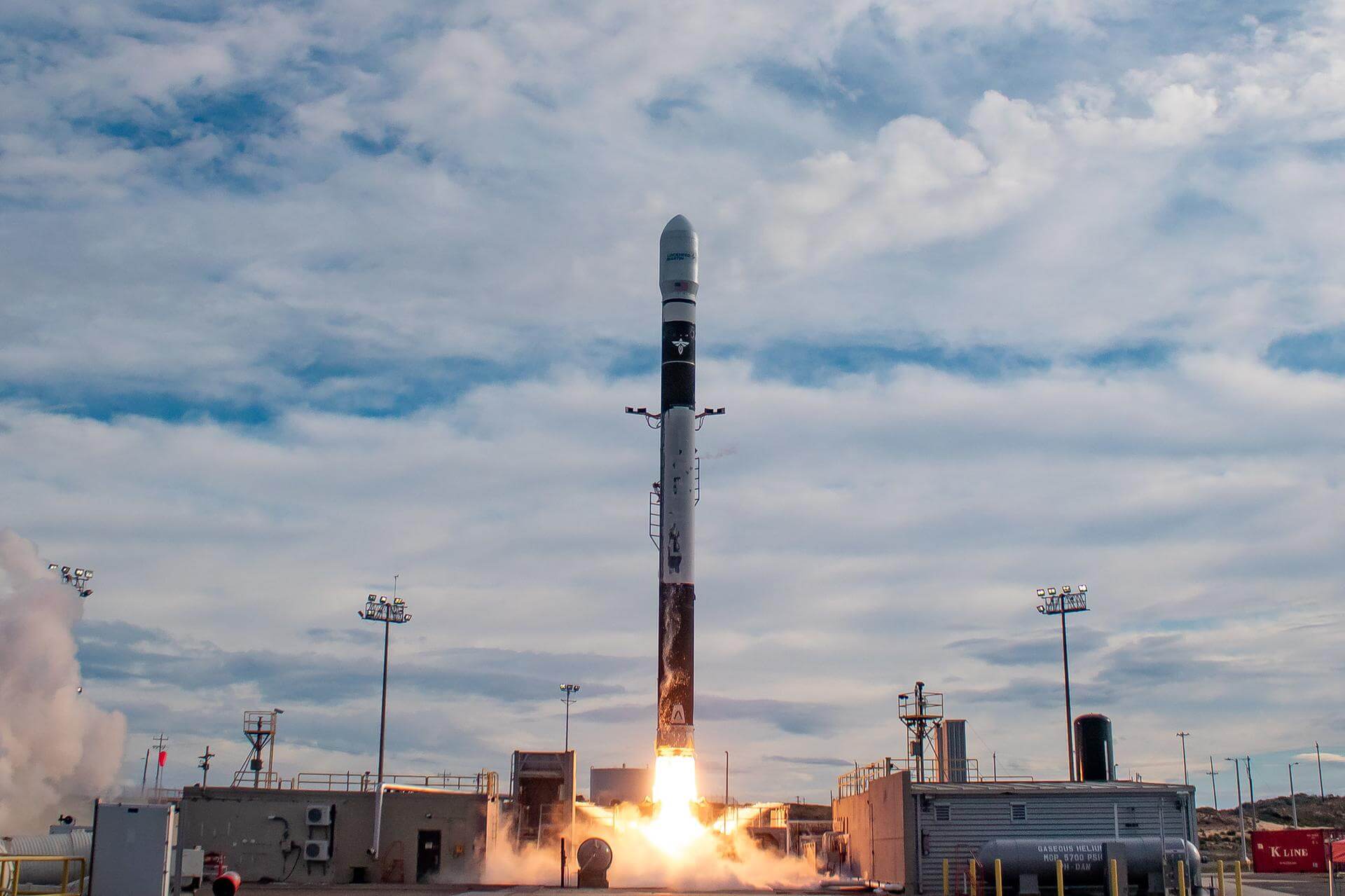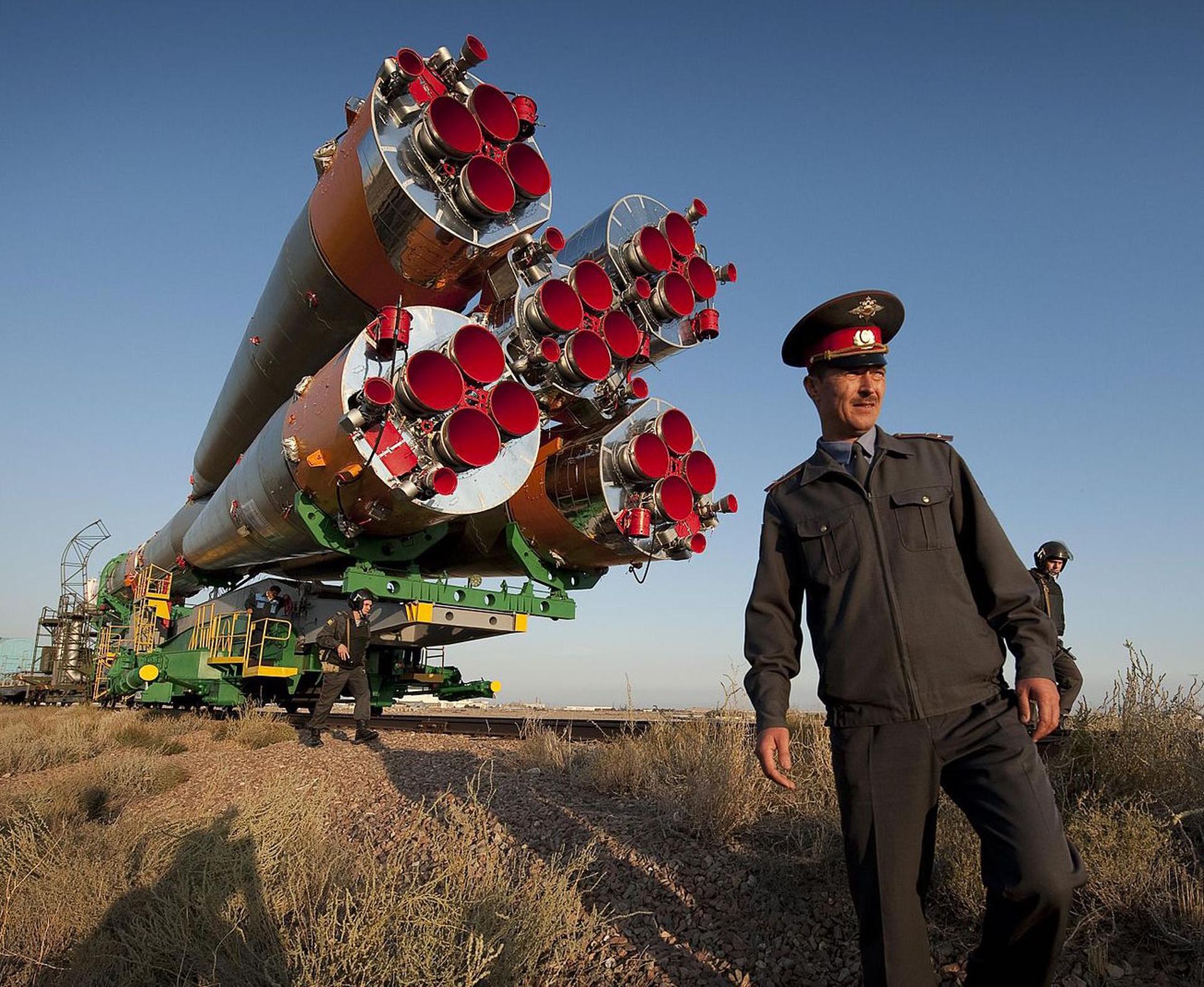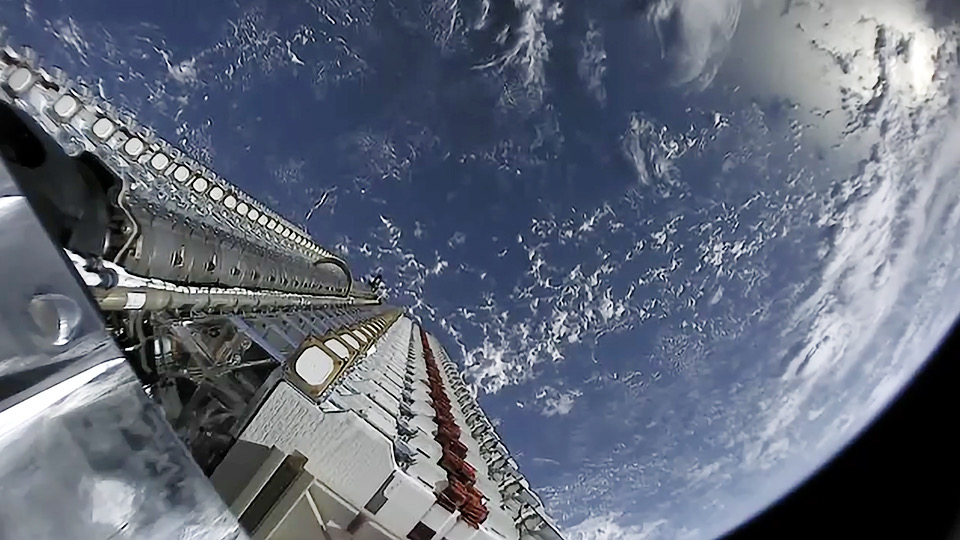· space brief · 6 min read
Space Brief 2 May 2025
Today's space highlights include significant military contracts for aerospace innovations, advancements in small-satellite procurement, and discussions on the role of nuclear energy in space exploration.

📄Top Stories
The U.S. Air Force has awarded a contract to Ursa Major for flight-testing a key engine for hypersonic applications. Meanwhile, the Space Force is engaging multiple firms in a substantial small-satellite procurement to support experimental platforms. Discussions around the urgent integration of nuclear energy in space have emerged, highlighting its potential to transform exploration capabilities.
📰Detailed Coverage
Ursa Major Secures Air Force Hypersonic Engine Contract
Ursa Major has landed a $28.5 million contract with the U.S. Air Force to conduct flight tests of the Draper engine, designed for hypersonic vehicles. This initiative aims to boost the United States’ technological edge in hypersonic flight technology, with the engine being integrated into a test vehicle for performance assessments.
The Draper engine’s development is a strategic step toward enhancing the velocity and range of hypersonic systems. The integration phase will test the engine’s durability and efficiency under extreme conditions. For satellite tracking enthusiasts, developments like these could soon translate into advanced tracking features on platforms such as our web app.
Read the full story: SpaceNews
U.S. Space Force Expands Small-Satellite Procurement
The U.S. Space Force has contracted 12 firms to advance its Space Test Experiments Platform (STEP) 2.0 program with a budget of $237 million. This move is a significant step towards enhancing the capabilities of small satellites, which are integral for various experimental and operational missions in space.
These small-satellite endeavors align with broader efforts to enhance rapid deployment and adaptability in space operations. With these procurements, the Space Force aims to diversify its satellite fleet, offering greater flexibility and innovation across missions.
Read the full story: SpaceNews
Bhavya Lal Explores Nuclear Energy’s Role in Space
In recent discussions, former NASA Chief Technologist Bhavya Lal emphasized the critical role of nuclear power in enabling future space missions. Nuclear energy’s potential to provide long-lasting power for deep-space exploration is seen as pivotal for missions beyond Earth orbit.
Nuclear propulsion and power systems could drastically reduce travel time to distant planets and provide sustainable energy for missions in challenging environments. The advocacy for nuclear energy echoes the broader trend of seeking novel energy solutions to extend the reach and effectiveness of human activities in space.
Read the full story: SpaceNews
Beale AFB to Host New CCA Drone Wingmen Unit
The Air Force has announced plans to establish a drone aircraft readiness unit at Beale Air Force Base, set to oversee competition between General Atomics and Anduril. This unit is part of broader efforts to integrate Combat Collaborative Aircraft (CCA) as wingmen for piloted aircraft.
Ground testing has already commenced, with the fly-off expected later this year to determine which system better meets operational needs. This step highlights the increasing role of unmanned systems within military aviation strategies.
Read the full story: Breaking Defense
Australian Defense Policy Discussed Amidst Elections
As Australia’s general elections approach, ongoing debates about defense leadership and spending have taken center stage. Critiques have highlighted a lack of substantial progress in defense policy discussions during the campaign period.
The election outcomes could shape Australia’s future defense posture and international collaborations. Observers are keenly watching how these debates will influence policy-making, especially in terms of satellite and space infrastructure investments.
Read the full story: Breaking Defense
🛰️Satellite Spotlight
- Satellite Name: INTELSAT 12 (IS-12)
- NORAD ID: 26590
- Launch Date: October 29, 2000
- Mission: Communication satellite providing services primarily for Europe.
- Orbit: GEO (Geostationary Orbit)
- Operator: EUTELSAT
- Fun Fact: INTELSAT 12 was originally known as Europe*Star 1 and has been a reliable communication asset for almost two decades.
Track this satellite in real-time on our web app: Track INTELSAT 12 (IS-12)
🌌Space Weather
Current space weather shows Enhanced solar wind (613 km/s).
R0 - S0 - G0
Next 24 Hours: Satellite operators can expect a relatively stable environment, as the risk of radio blackouts and solar radiation storms is minimal. However, geomagnetic storming is forecasted to reach G1 (Minor) levels on 02 May due to the effects of Coronal Hole High-Speed Stream (CH HSS). This could lead to slight disturbances in satellite communications and navigation systems, but overall impacts should remain manageable. Ground-based radars and telescopes should not face significant interruptions. The chances of M-class flares (R1-R2, Minor-Moderate) exist but are expected to decrease through 04 May, indicating a generally quiet period following today.
Beyond: The forecast for solar and geomagnetic activity from 28 April to 24 May indicates predominantly low solar activity, with occasional chances for M-class flares. Satellite operators should remain vigilant during the peaks of the greater than 2 MeV electron flux, likely to reach high levels around 28-30 April and 03-12 May, which may impact communication systems and lead to increased drag for Low Earth Orbit (LEO) satellites. Minor geomagnetic storm levels (G1) are expected around 05-06 May and again on 18 May, possibly disrupting satellite operations during those periods. Typically, quiet to unsettled conditions will prevail for the rest of the forecast window, encouraging stable operations for ground-based radars and telescopes.
🚀 Upcoming Space Launches
May 3
- SpaceX Falcon 9:
- Starlink Group 15-3 from Vandenberg SFB, CA, USA (18:13 UTC) A batch of 26 satellites for the Starlink mega-constellation - SpaceX’s project for space-based Internet communication system.
May 4
- SpaceX Falcon 9:
- Starlink Group 6-84 from Kennedy Space Center, FL, USA (08:48 UTC) A batch of 29 satellites for the Starlink mega-constellation - SpaceX’s project for space-based Internet communication system.
May 5
- China Aerospace Science and Technology Corporation Long March 12:
- SatNet LEO Group TBD from Wenchang Space Launch Site, People’s Republic of China (10:57 UTC) A batch of Low Earth Orbit communication satellites for the Chinese state-owned SatNet constellation operated by the China Satellite Network Group. The constellation will eventually consist of 13,000 satellites.
May 6
- SpaceX Falcon 9:
- Starlink Group 6-93 from Cape Canaveral SFS, FL, USA (00:48 UTC) A batch of satellites for the Starlink mega-constellation - SpaceX’s project for space-based Internet communication system.
May 10
- SpaceX Falcon 9:
- Starlink Group 15-4 from Vandenberg SFB, CA, USA (00:38 UTC) A batch of satellites for the Starlink mega-constellation - SpaceX’s project for space-based Internet communication system.
May 18
- Indian Space Research Organization PSLV-XL:
- EOS-09 (RISAT-1B) from Satish Dhawan Space Centre, India (00:00 UTC) RISAT-1B is the third in the series of radar imaging RISAT-1 satellites using an active C-band SAR, providing all-weather, day-and-night observation capability for applications including agriculture, forestry, soil moisture, geology, and military surveillance.
May 29
- SpaceX Falcon 9:
- Axiom Space Mission 4 from Kennedy Space Center, FL, USA (17:03 UTC) This is a Crew Dragon flight for Axiom Space, carrying a professionally trained commander and three private astronauts to and from the International Space Station. The crew will stay aboard for at least eight days.
May 31
-
Rocket Lab Electron:
- iQPS Launch 2 from Rocket Lab Launch Complex 1, Mahia Peninsula, New Zealand (00:00 UTC) Synthetic aperture radar Earth observation satellite for Japanese Earth imaging company iQPS.
-
Gilmour Space Technologies Eris-1:
- Maiden Flight from Bowen Orbital Spaceport, Australia (00:00 UTC) Maiden flight of Gilmour Space’s orbital launch vehicle Eris.
Note: Launch dates and times are subject to change due to technical or weather considerations.

Maurice Stellarski





